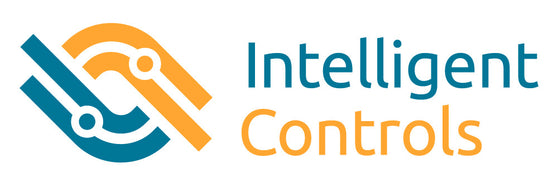
PWM vs. MPPT Solar Charge Controllers
If you’ve been looking for a solar charge controller you’re probably wanting to accomplish a couple of things:
- Improve your solar performance by intelligently collecting the energy from solar panels and storing it in your battery.
- Extend the life of your battery with protection from overcharging or undercharging.
If you are searching for a solar charge controller, you've also come across "PWMs." What are the differences between a PWM and an MPPT?
PWMs Can Do the Job
A PWM Controller, "Pulse Width Modulator," essentially acts as the switch between your solar array and your battery. When the voltage provided by the solar array falls outside the ideal conditions for charging your battery, the PWM will shut off that flow to protect your battery. It also protects against overcharging, which would be damaging to your battery.
The benefits of a PWM are typically lower cost, fewer electronics, and smaller physical size. There are some downsides to a PWM, however, the main issue being efficiency. The PWM will function to charge and protect your battery backup, but only within a limited range of ideal conditions.
While a well-balanced solar + battery system will run optimally through a PWM, it can become mismatched at high/low temperatures, during partial shading or cloudy days, or during lower light conditions in the morning and evening. In short, under many real-life conditions when it’s hot, cloudy, or shady, that’s when PWMs start to disappoint.
MPPTs Do the Job Better
An MPPT solar charge controller functions by changing its input voltage to get the maximum power from your solar array and then providing an ideal DC output to your battery system. The MPPT, "Maximum Power Point Tracking" controller does not depend on the input from your solar system to match the conditions your battery needs to charge; it matches those two systems. This advanced functionality allows your solar + battery system to work together for maximum efficiency in a wide variety of temperature and lighting conditions, creating optimal charging for your battery backup. This increase in efficiency can be as much as a 30-40% gain.
Practically speaking, this means you could get 30-40% more performance out of the same solar array just by switching out the solar charge controller from a PWM to an MPPT. Put another way, this also means that you could have a smaller array and get the same performance.
Victron makes two models of MPPT solar charge controllers, the Blue Solar MPPT and Smart Solar MPPT. Reid this article to learn about the differences and use cases for both.
Need help selecting the right solar charger for your system? Drop a message in our contact form or reach out to me directly at reid@icmontana.com.
Victron Solar Charge Controllers
SmartSolar MPPT 75/10 up to 100/20
Victron EnergyOverview Sizing Did you Know? Using the latest, fastest technology, Victron SmartSolar charge controllers maximize energy harvest from your sol...
View full detailsSmartSolar MPPT 100/30 & 100/50
Victron EnergyOverview Sizing Did you Know? Victron Smart Solar charge controllers max out PV performance, protect your battery and facilitate intelligent c...
View full detailsSmartSolar MPPT 150/35 & 150/45
Victron EnergyOverview Sizing Did you Know? Victron SmartSolar MPPT solar charge controllers maximize the power from your solar array and optimally charge y...
View full detailsSmartSolar MPPT 150/60 up to 250/70
Victron EnergyOverview Sizing Did you Know? The SmartSolar MPPT solar charge controller intelligently collects energy from solar panels and stores it in your...
View full detailsSmartSolar MPPT 150/70 up to 250/100 VE.Can
Victron EnergyOverview Sizing Did you Know? The MPPT VE.Can SmartSolar charger automatically detects and charges 12, 24, or 48V battery banks with current r...
View full details









